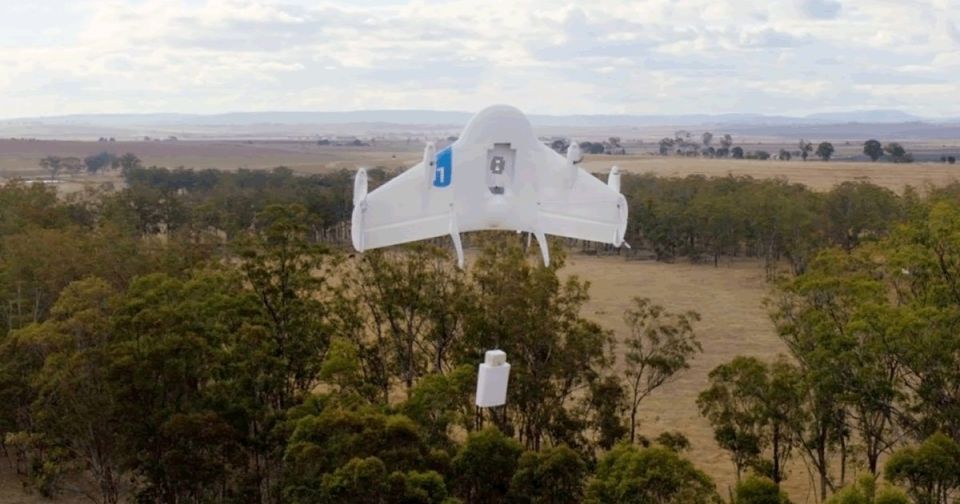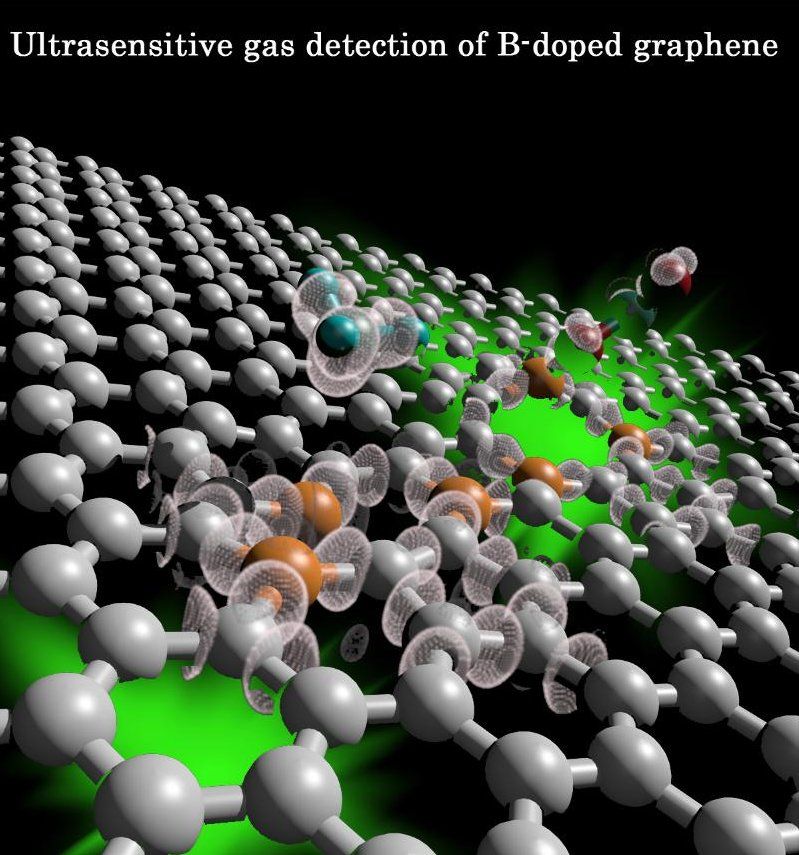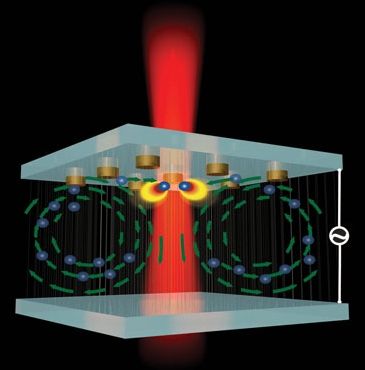I did not see this special, but the usual negative comments follow the vid.
Aging itself IS modifiable. The question now is, is it modifiable in us?
Find out on Breakthrough, premiering Sunday 9/8c.

I did not see this special, but the usual negative comments follow the vid.
Aging itself IS modifiable. The question now is, is it modifiable in us?
Find out on Breakthrough, premiering Sunday 9/8c.
Reaction wheels mounted on three faces of the cube rotate at high angular velocities and then brake suddenly, causing the Cubli to jump up.
h/t: Institute for Dynamic Systems and Control, ETH Zurich, Switzerland.

We’ve seen Project Wing, the air-delivery service from Google, tap NASA to help sidestep reams of bureaucratic red tape and get off the ground before, and it looks like the service could soon launch in earnest. The outfit’s laying the groundwork right now and says that its goal is having the commercial flights up and running in 2017, according to Reuters. The company is one of several working with the Federal Aviation Administration to develop a registry for drones and eventually dedicated air traffic control system. The former would ideally be in place by this December 20th, making sure operators are aware of rules on where, when and how to fly their aircraft.
Google’s David Vos told the audience at an air traffic control covention that his company would want low-altitude space (14,500 feet and below), coincidentally dubbed “Class G,” reserved for UAVs to fly over cities. Rather than continuously doing the hokey pokey to get past the FAA, this is a crucial step to getting more commercial drones in the air. Whether or not that’s a good thing is entirely up to you.

The Scottish government has announced that it’s approved the construction of the UK’s first – and world’s largest – floating offshore wind development.
The world’s largest floating wind farm is set to be installed 25 kilometres off the coast of Peterhead at the easternmost point of mainland Scotland. The development, called Hywind, will be developed by Norwegian energy company Statoil and is expected to generate enough electricity to power nearly 20,000 homes.
“Hywind is a hugely exciting project, in terms of electricity generation and technology innovation, and it’s a real testament to our energy sector expertise and skilled workforce that Statoil chose Scotland for the world’s largest floating wind farm,” said John Swinney, deputy first minister.


Bank are estimated to spend over $1bn on blockchain projects in next two years, according to Magister Advisors.

Ultrasensitive gas sensors based on the infusion of boron atoms into graphene—a tightly bound matrix of carbon atoms—may soon be possible, according to an international team of researchers from six countries.

A new type of ‘nanotweezer’ capable of positioning tiny objects quickly and accurately and freezing them in place could enable improved nanoscale sensing methods and aid research to manufacture advanced technologies such as quantum computers and ultra-high-resolution displays.

University of Tokyo develops unbreakable glass that could revolutionise construction, manufacturing and dinner parties.

A thyroid gland printed last March by 3D Printing Solutions is now proven to be fully functional, and experts say the results will revolutionize medicine.